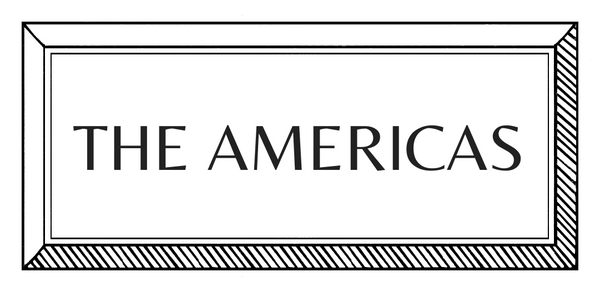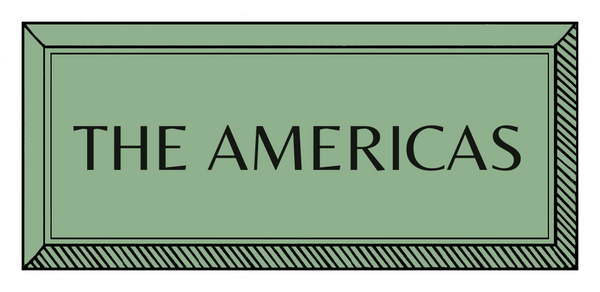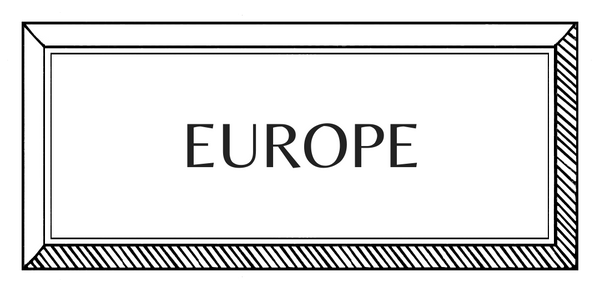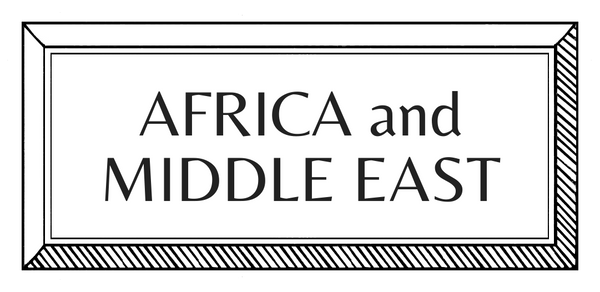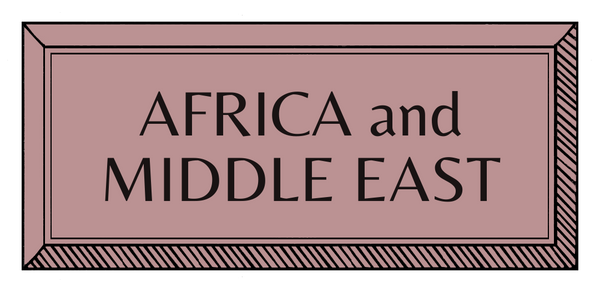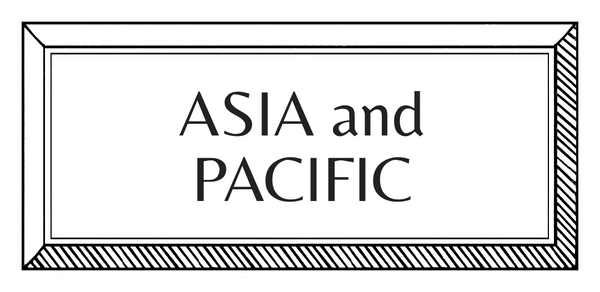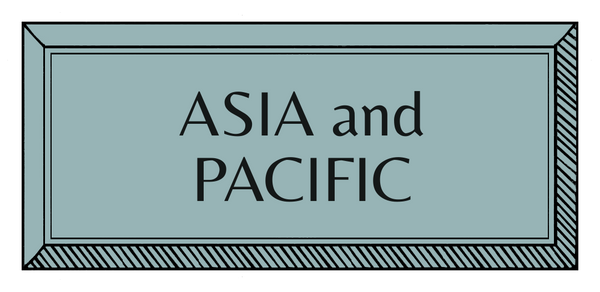MAKER PROFILE | EUROPE | ITALY | MULTI-MEDIA
San Patrignano | Wallpaper Makers

The San Patrignano Community, located in the Emilia Romagna region, is a pioneering institution in the fight against drugs, known by Italians for its controversial historical vicissitudes and visionary founder. Internationally, this haven for victims of addiction has a different reputation: one of excellence in various niches of craftsmanship, including an exemplary handmade wallpaper workshop. Started under the creative leadership of Renzo Mongiardino, to this day the workshop embodies the utopian aspiration shared by so many designers - to have a refined product that can be completely customised.
How did you begin?
"When San Patrignano was founded in the late 1970s, recovery communities had only recently been established and were largely experimental in their approach. The intuition of the founder, Vincenzo Muccioli, had immediately identified creative work as an instrument of atonement and social redemption, and many efforts were channelled into the creation of self-managed workshops (but patronised by high-level preceptors). In this context, one of the figures summoned to teach and make a creative contribution as a volunteer was Renzo Mongiardino, at the time at the height of his career.
"Mongiardino brought his exceptional taste, but never imposed an art direction with precise limits, which had the advantage of making the workshop versatile and ready to meet the demands of his successors. In the years to come and up to the present day, the real distinguishing feature of “San Patrignano-branded designs” became total customisation: there is no limit to the range of shapes and colours that these entirely handmade papers can take on. Mongiardino had a background as a stage designer and therefore loved trompe l'oeil. This resulted in a great variety of papers made in imitation of other materials (wood, marble, semi-precious stones, damasks), which formed the hard core of the archive, a valuable source of inspiration for later collaborators. But over the decades, also to keep up with changing trends, Sandro (who is still at the helm of the workshop) introduced many other themes, even less classical ones."
How did you train?
"Given the mission, training is everything. However, the status of ‘therapeutic community’ entails, at a enterprise-level, a basic anomaly: a perfectly trained person is ready to leave - that is, leave the community and never return. This means starting the training process all over again with new guys in therapy all the time. Moreover, manual work in a certain way is the last thing to be taught: the priority is to revive the desire to learn, the will to do, and the ability to work in a team and responsibly.
"However, equal to the great difficulties that each case presents, the satisfaction of succeeding is priceless. The job itself, which has a ‘free hand’ component and various empowering phases, requires one to believe in oneself - and it is in this deeper sense (and not only in terms of social reintegration) that it is therapeutic."

How do you plan, prepare and create your works?
"Designers come to us with an idea that often does not have its contours clearly defined: a consultation phase by our now-experienced team or consultation of our archive are often decisive in finding a definitive creative direction. Once a design has been identified, it can fall into three different categories, which are pictorial style, stencil (the technique for which we are most famous) and screen printing.
"Finally, in some cases the technique is mixed. We work on large rolls or frames, and each paper normally takes one or two months of work on average. Fortunately, the workshop has five to six working tables active at the same time. At the end of the process, the problem of installation, which cannot be done by the in-house team, has been solved with assembly instructions and technical tricks that make the job very very easy even for a simple painter."
Who or what most inspires you?
"After Renzo Mongiardino, we collaborated with internationally renowned interior designers: Michael S. Smith, Remy Renzullo, Natalia Bianchi, Peter Marino and Paolo Moschino, just to name few. Each of these collaborations has been a source of stimulation and learning. But it would be unfair not to mention the contribution of each of the individual patient who, in the course of becoming artisans, discover, each in his or her own way, the way to be creative and express themselves."
What are the best and worst things about being a craftsperson today?
"At the craft level, we are well aware that we are one of the last bastions of a disappearing technique. This, coupled with our primary mission as a centre against drug addiction, increases a sense of responsibility that is sometimes galvanising, but at other times a burden. In addition to the wallpaper workshop, San Patrignano is also a proud promoter of the arts of fresco painting, leatherwork and textiles, but each of these micro-realities is surrounded by a world that threatens their disappearance.
"With this in mind, the new project will be the opening of our archives, which is very useful in raising awareness among the general public. We are supported by archivists who are educating our guys, giving them a complete professional training, so again the project goes in both directions: one external, and one of therapeutic work."

Interview by Sara Pierdonà
Images from San Patrignano













